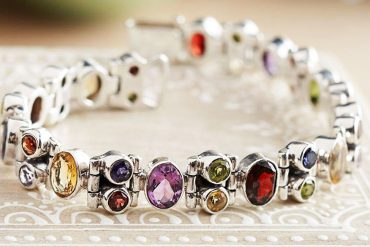Attention to detail, patience and expert craftsmanship are the essential ingredients that go into every pair of traditional earrings. Whether the style involves hand-beading, copal wood carving, metal work, fabric or filigree, processes often date back generations, and are handed down through families and artisan communities. One of the oldest methods of earring-making is jewelry casting. It is an art form that has been in existence for thousands of years. From the time that ancient civilizations learned to melt metal, they have been pouring molten gold and silver into cavities of stone, plaster, sand, and cuttlefish bone. Once hardened, castings were then broken free from their encasings and tooled into shape. While much has changed since these primitive forays, much remains the same. Around the world, artisans still use metal casting as an important process in jewelry making. Many cultures also make use of metal threads in their jewelry. Silver alloy, for example, is made in sheets or fine threads using a range of tools. Filigree, a delicate and beautiful art form, uses a process of weaving thin metal threads into a particular pattern or design. Regardless of the method of production, each pair of traditional earrings reflects the artisan’s unique vision combined with processes passed down through generations.

